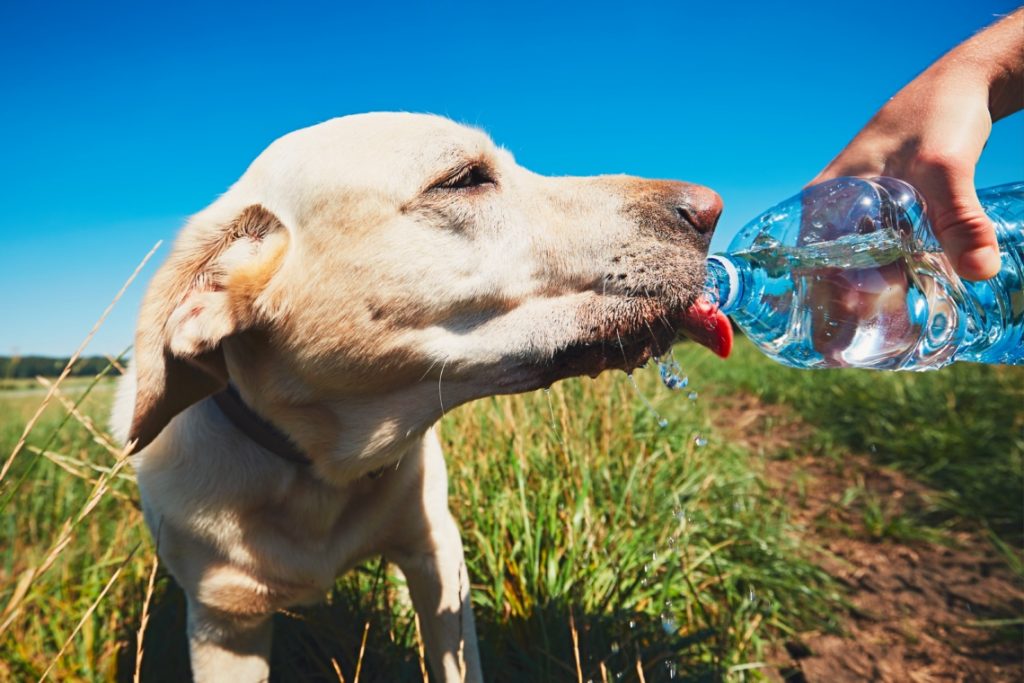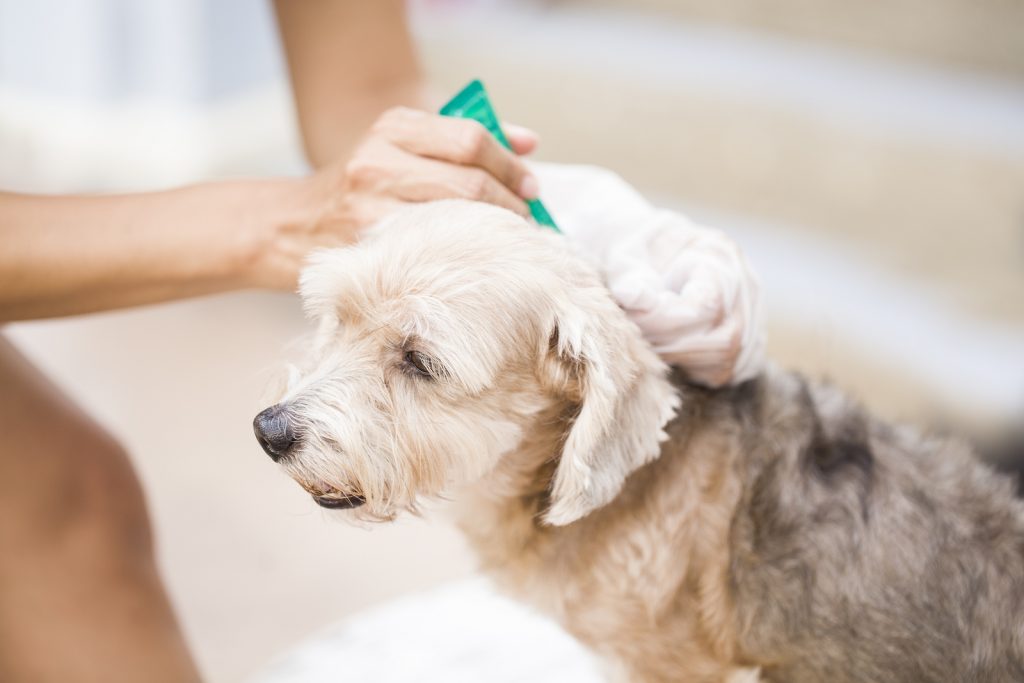By: Janene Rojas

To most of us, summer means more fun outings with our furry four-legged family members. What it doesn’t mean is blistered puppy paws sizzling on the hot cement.
To keep pet safety at the forefront of our minds while enjoying the sweltering El Paso summer months, we have reached out to award-winning holistic veterinarian Dr. Gary Richter of the Pet Panel at Rover.com for the best ways to protect our pets.
Hotter Than It Looks
 As desert dwellers, temperatures into the high 90s are our daily norm. When you’re covered in fur though, things are a bit more serious.
As desert dwellers, temperatures into the high 90s are our daily norm. When you’re covered in fur though, things are a bit more serious.
Heat stroke can be a life-threatening issue, according to Dr. Richter, who warns about the worst-case scenario when our pet’s body temperatures rise too high. It can be a real issue because unlike humans who release sweat through the skin, dog’s sweat releases through their footpads, which is not a sufficient enough means of cooling in high temperatures.
Excessive panting and rapid breaths are two common signs to watch out for when wondering if your pet is hot or not. If a pet becomes disoriented or passes out, this is an advanced sign of heat stroke. Immediate medical attention is necessary when exhibiting these signs.
Prevent your animal from overheating by never leaving them in a car alone. According to the Centers for Disease Control and Prevention, a vehicle sitting in temperatures of 80 to 100 degrees will raise inside temperatures to 130 to 172 degrees. Lowered windows don’t add much relief to animals in vehicles on hot days, and they are still forced to recycle hot air in their lungs.
When running with dogs outside, Dr. Richter advises to keep trips short, not only to protect your pup from overheating but to prevent painful burns to his paw pads. Pets should be kept indoors on hot days, and when there’s a heat advisory for people, the same precaution should apply to pets.
Stinging Summer
Every so often, Dr. Richter comes across a dog with a severe bee sting, but thankfully, he says the majority of bee encounters only lead to facial swelling. If your animal buddy’s curiosity guides them into a stinging surprise, over the counter antihistamines like Benadryl will work just fine in soothing the pain. Some pups are allergic to bee stings just like humans, and in these cases, immediate medical care is necessary.
Dangerous Desert Creatures
 Tick control and transmission is a severe issue year-round. Checking beneath your pet’s coat after letting them outside is essential to tick prevention.
Tick control and transmission is a severe issue year-round. Checking beneath your pet’s coat after letting them outside is essential to tick prevention.
Your veterinarian can also offer oral pills (which are highly effective), or other options like topical repellents and tick collars. When using all-natural tick sprays, Dr. Richter advises to combine it with another form of tick prevention.
“They can try a combination of an oral pill and a collar,” says Dr. Richter. Southwest summers mean that rattlesnakes and other snakes are coming out of hibernation. Snakes become more active during 80 to 90-degree weather, and this is especially dangerous for our pets. Close monitoring of animals outdoors in these areas is the key to safety.
 Okay, snake attack, now what? “This is not a ‘wait and see’ situation,” says Dr. Richter. Expect swelling, pain, and possible fainting. You must carry your animal to the car to not increase the heart rate and blood circulations, which spreads the venom faster. Then get to the vet ASAP.
Okay, snake attack, now what? “This is not a ‘wait and see’ situation,” says Dr. Richter. Expect swelling, pain, and possible fainting. You must carry your animal to the car to not increase the heart rate and blood circulations, which spreads the venom faster. Then get to the vet ASAP.
A rattlesnake vaccine does exist for pet parents who live in more open areas. This vaccine doesn’t prevent a pup from being bitten, but lessens the effect of the venom, buying you more time to get your pet to a veterinarian’s office.
Rattlesnake avoidance training is also a popular method for dog safety. Dog’s can be trained to listen for rattles and to go in the other direction when hearing one. This is a life-saving skill for those who enjoy mountain hiking with their four-legged best friend.
















